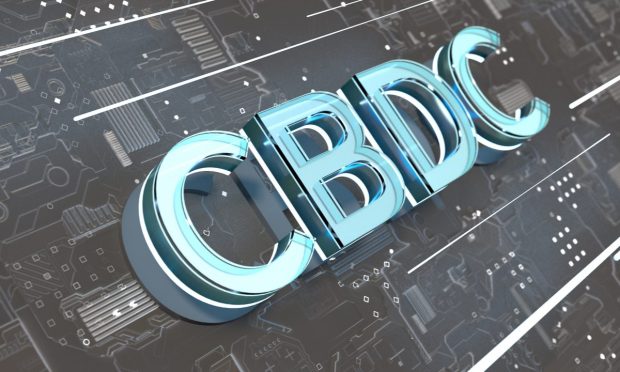White House Crypto Executive Order Ignites Digital Dollar Debate

If you support creating a digital dollar, there’s a lot to be happy about in President Joe Biden’s Wednesday (March 9) executive order on the regulation of cryptocurrency.
For one thing, after broad introductory statements about goals and objectives, the first section of the order dealing with actual policy is the section on the creation of a U.S. central bank digital currency (CBDC).
For another, it lights a fire under the decision-making process, with an actual bill to create a digital dollar due in October. That doesn’t mean that a U.S. CBDC will get an actual green light (or red light) at that time. But it will stomp on the gas pedal.
See also: Fed’s Digital Dollar Report Finally Drops, With More Questions Than Answers
That’s before protecting consumers and investors, protecting against the risks cryptocurrencies pose to financial stability and cracking down on cybercrime, money laundering and terrorism funding.
The section opens on a high note. Noting that “sovereign money is at the core of a well-functioning financial system, macroeconomic stabilization policies, and economic growth,” the president said that the administration “places the highest urgency on research and development efforts into the potential design and deployment options of a United States CBDC.”
Highest urgency is good, given the widespread belief that the United States is behind the curve when it comes to investigating a digital currency, to say nothing of actually deciding whether or not to launch one.
Read more: Federal Reserve Governor Stresses the Importance of a US CBDC
A Firm Date
But as is often the case with long-winded government reports, the most enlightening section about the administration’s view on CBDCs is buried in the details. If you dig down to the very bottom of the section about CBDCs, you’ll find two notes about the timing of the reports required from the alphabet soup of agencies, cabinet secretaries and other advisers required to chime in on crypto policy.
Like most of the cryptocurrency questions covered in the report, the various assessments about the need, desire, utility and risks of a CBDC are due in 180 days — a time frame that will put them shortly before the midterm elections, and thus potentially higher up the national agenda.
That timeline specifically incudes a separate order requiring the attorney general, secretary of the Treasury and chairman of the Federal Reserve to report to the assistant to the president for national security affairs (APNSA) and the assistant to the president for economic policy (APEP) on whether creating a CBDC will require legislation.
But the joker is in the very last sentence of the CBDC section. It reads: “Within 210 days of the date of this order, [they shall] provide to the President through the APNSA and the APEP a corresponding legislative proposal.”
That means that in seven months — October 10 — an actual draft bill to create a digital dollar will be written. Granted, that doesn’t mean that the decision on whether to create a U.S. CBDC will be taken by then — Fed Chairman Jerome Powell has been clear that getting it right is more important than speed.
Related reading: A Year Later, Fed Chair Again Promises Crypto, CBDC Report ‘Soon’
Protect the Dollar’s Power
The executive order also said that the U.S. must be a leader of international policy making to ensure that democratic values and privacy protections are baked into the broader CBDC design.
That’s a key point as the leader in CBDC design up to this point is China, which is nearly ready to launch a digital yuan — which is very deficient in the area of privacy protection.
You may like: China’s Pressure Ahead of CBDC Rollout Points to Privacy Issues
Making CBDCs work transparently within the global financial system is another key aspect of this, especially because it will let the dollar take advantage of its primacy as the world’s reserve currency in the current global financial system.
Further reading: House Committee Voices Concerns Over Stablecoin’s Effect on Dollar
Interoperability is also key to ensuring that CBDCs around the world not only serve as a faster and cheaper way to transfer money, particularly across borders, but that they “support the continued centrality of the United States within the international financial system, and help to protect the unique role that the dollar plays in global finance.”
The Future of Payments
Finally, the order requires a separate report on “the future of money and payment systems” that looks at CBDCs relationship with private digital assets — meaning cryptocurrencies, but also stablecoins — as well a variety of other issues.
The report will cover the conditions that drive broad adoption of digital assets and “the extent to which technological innovation may influence these outcomes.”
The implications of digital assets on the “modernization of and changes to payment systems,” as well as broader economic growth, financial inclusion and national security will also be included. It also encourages the Fed “to continue to research and report on the extent to which CBDCs could improve the efficiency and reduce the costs of existing and future payments systems.”
Finally, it calls for the creation of a strategy that outlines the necessary steps and legal requirements to launch a CBDC.
In other government-speak words, this is urgent, so get a move on.
